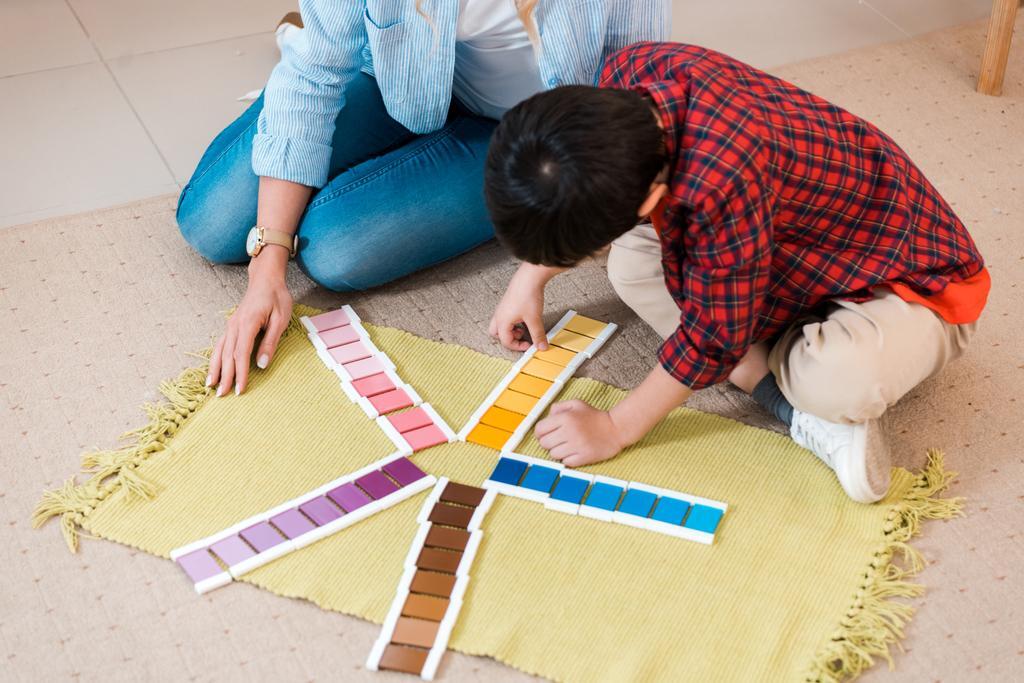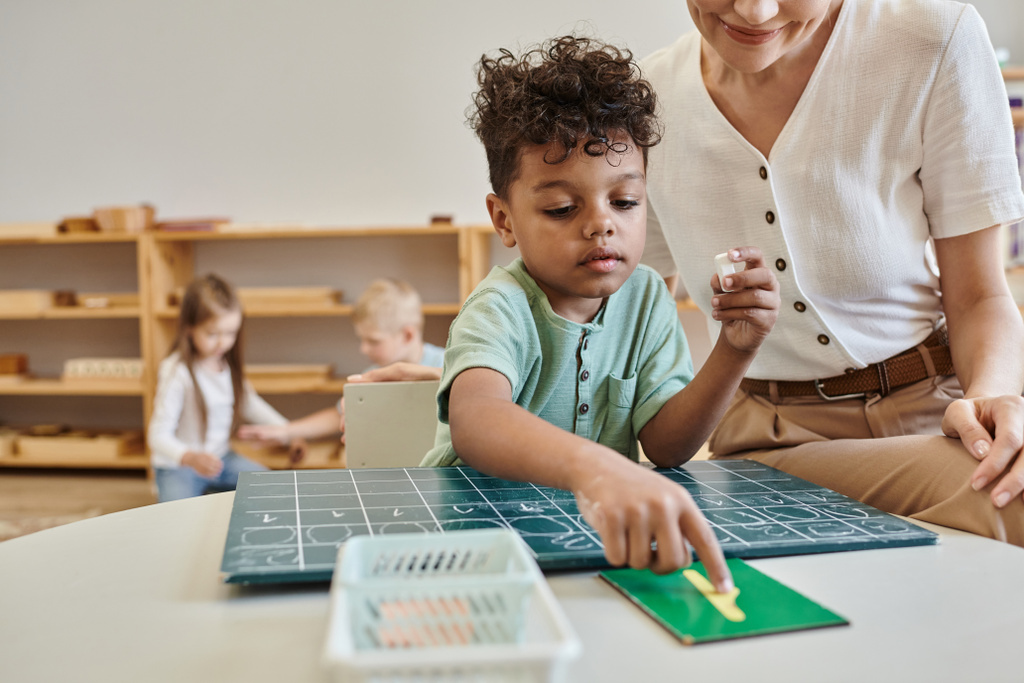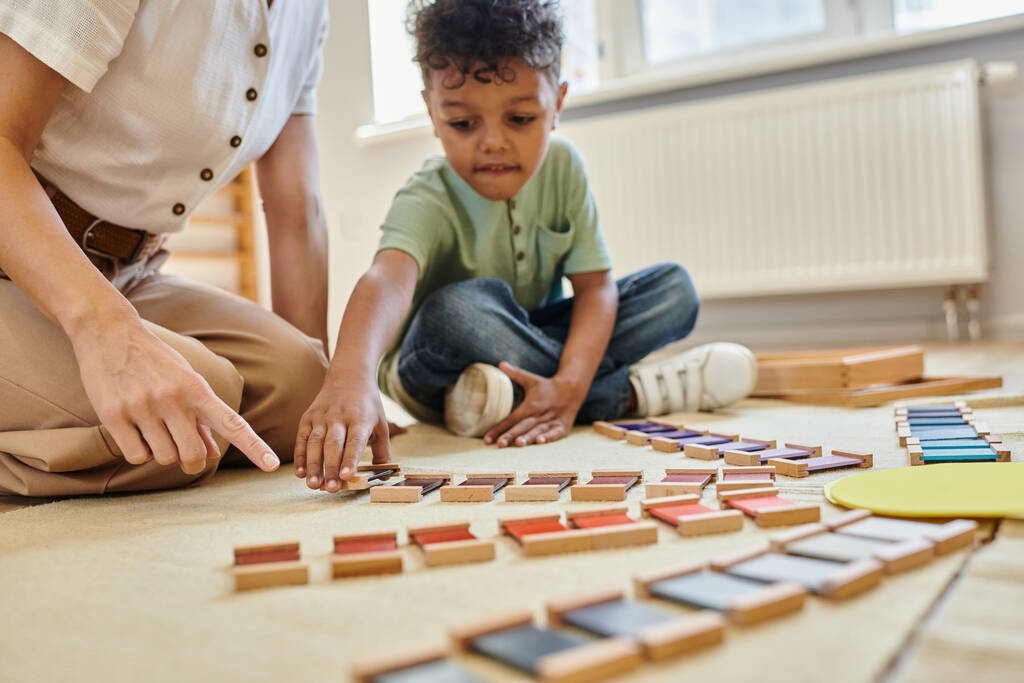Best Materials for Montessori Kids: Fostering Growth Through Hands-on Learning
Best Materials for Montessori Kids
As a parent or educator, you’ve likely heard the buzz about Montessori education. Perhaps you’ve wondered what makes Montessori materials so special and how they can benefit your child. Having spent years researching and observing children in Montessori environments, I can assure you that the right materials can make a world of difference in a child’s development. Let’s embark on a journey to explore the fascinating world of Montessori materials and discover how they can unlock your child’s potential.
Montessori education, developed by Dr. Maria Montessori in the early 20th century, emphasises hands-on learning, independence, and respect for a child’s natural development. Materials play a crucial role in this educational approach, serving as tools for exploration, skill development, and self-directed learning. This article explores the best materials for Montessori kids, their purposes, and how they contribute to a child’s growth.
The Importance of Montessori Materials
Montessori materials are carefully designed to meet specific developmental needs and promote various skills. According to a study published in the Journal of Montessori Research, children in Montessori programs showed significantly higher levels of executive function, reading, math, vocabulary, and social problem-solving compared to their peers in other programs (Lillard, 2012).

Types of Montessori Materials and Their Purposes
1. Sensorial Materials
Purpose: Develop and refine the senses
Examples: Pink Tower, Brown Stair, Color Tablets
Sensorial materials help children distinguish between different physical properties such as size, shape, color, texture, sound, and smell. The iconic Pink Tower, for instance, consists of ten pink wooden cubes ranging from 1 cm³ to 10 cm³. As children stack these cubes, they develop visual discrimination skills, hand-eye coordination, and an understanding of size relationships.
A study by Ahmadpour and Mujembari (2015) found that preschoolers who engaged with Montessori sensorial materials showed significant improvement in visual perception skills compared to a control group.
2. Practical Life Materials
Purpose: Develop independence, concentration, and fine motor skills
Examples: Dressing Frames, Pouring Activities, Sweeping Set
These materials help children learn everyday skills and contribute to their environment. For example, dressing frames with different fasteners (buttons, zippers, laces) helps children practice self-care skills. A pouring activity might involve transferring water or beans between containers, refining motor control, and hand-eye coordination.
Research indicates that engagement with practical life activities can lead to improved executive function skills. A study by Diamond and Lee (2011) found that Montessori education, which emphasizes these practical life skills, was associated with better executive function outcomes in children.
3. Language Materials
Purpose: Develop vocabulary, phonetic awareness, and writing skills
Examples: Sandpaper Letters, Movable Alphabet, Object Boxes
Language materials in Montessori classrooms are designed to support holistic language development. Sandpaper Letters, where children trace letters with their fingers, provide a multi-sensory approach to letter recognition and phonetic sounds. The Movable Alphabet allows children to compose words and sentences before they can write them by hand.
A longitudinal study by Lillard and Else-Quest (2006) found that Montessori children performed better in letter-word identification and word attack skills than their non-Montessori peers.
4. Mathematics Materials
Purpose: Develop a concrete understanding of mathematical concepts
Examples: Number Rods, Spindle Boxes, Golden Bead Material
Montessori math materials provide concrete representations of abstract mathematical concepts. For instance, the Golden Bead Material allows children to manipulate units physically, tens, hundreds, and thousands, forming a solid foundation for place value understanding.
Research supports the effectiveness of this approach. A study by Laski et al. (2015) found that children who used Montessori-style linear representations of numbers showed better numerical knowledge than those who used circular representations.
5. Cultural Materials
Purpose: Develop an understanding of the world and different cultures
Examples: Globe, Puzzle Maps, Continent Boxes
Cultural materials in Montessori classrooms aim to broaden children’s understanding of the world. Puzzle maps, for instance, help children learn geography in a hands-on way. A study by Dhiksha and Shivakumara (2017) found that Montessori geography materials significantly improved children’s understanding of continents and countries compared to traditional teaching methods.

Also read: This Is How Montessori Helps Your Child Grow
How Montessori Materials Contribute to Child Development
- Promotes Independence: By designing materials that children can use without adult assistance, Montessori materials foster a sense of independence and self-confidence. A survey by the American Montessori Society found that 93% of Montessori educators believe their approach effectively promotes student independence (AMS, 2019).
- Encourages Concentration: Many Montessori materials are self-correcting, allowing children to identify and fix their own mistakes. This fosters deep concentration and persistence. Research by Lillard (2011) found that Montessori children showed longer periods of concentrated work compared to children in traditional classrooms.
- Develops Problem-Solving Skills: The nature of Montessori materials encourages children to think critically and solve problems. A study by Besançon and Lubart (2008) found that Montessori students displayed higher levels of creativity in problem-solving tasks compared to traditionally schooled children.
- Supports Sensory-Motor Development: The hands-on nature of Montessori materials supports the development of fine and gross motor skills. A study by Rule and Stewart (2002) found that kindergarteners who used Montessori-inspired materials showed significant improvement in fine motor skills over 6 months.
- Fosters Social Skills: While many Montessori materials are designed for individual use, the classroom environment encourages peer teaching and collaboration. Research by Lillard and Else-Quest (2006) found that Montessori children showed more positive social interactions and a greater sense of community compared to their non-Montessori peers.
In conclusion, Montessori materials are not just playthings, but carefully designed tools that support various aspects of a child’s development. By providing concrete experiences with abstract concepts, these materials lay a strong foundation for future learning. As Dr. Montessori herself stated, “The hands are the instruments of man’s intelligence.” Through these specially designed materials, children are allowed to learn, explore, and grow in a way that respects their natural development and fosters a lifelong love of learning.
As you introduce Montessori materials into your child’s life, remember that the journey of learning is just as important as the destination. Observe your child as they interact with these materials – you’ll likely be amazed at their concentration, creativity, and growing independence. Whether you’re a parent looking to incorporate Montessori principles at home or an educator seeking to enhance your classroom, these materials offer a wealth of opportunities for children to develop their full potential.
So, why not give your child the gift of Montessori-inspired learning? With patience, love, and the right tools, you can create an environment where your child’s natural curiosity and love for learning can truly flourish. After all, in the words of Dr. Montessori, “The greatest sign of success for a teacher… is to be able to say, ‘The children are now working as if I did not exist.'” With Montessori materials, you’re not just giving your child playthings – you’re giving them the keys to unlock their unique potential.





